Rudra (Shiva) Aksha (Tear) or the Tears of Bhagawan Shiva (
Rudraksha
) are the most powerful manifestation of the Cosmic Power. Rudrakshas have been object of worship since time immemorial and a source to reach the higher self. They emit frequencies that balance the chakras of the human body. Thus, they help in healing & empowering a person - emotionally, mentally and physically. These beads are the seeds of Rudraksha fruits, which are obtained from Rudraksha trees. The botanical name of the Rudraksha tree is ELAEOCARPUS GANITRUS ROXB. Its English name is UTRASUM BEAD TREE.
Rudraksha trees are mostly found in the South East Asian islands of Java, Sumatra, Borneo, Bali, Iran, Java, Timor (Indonesia) and parts of the South Asian Kingdom of Nepal. About 70% of the Rudraksha trees are found in Indonesia, 25% in Nepal and 5% in India. Considered as a great stress reliever, reducing circulatory problems, the tree (Elaeocarpus Ganitrus) was first discovered in Nepal & traded across the World. Overtime huge plantation were found in Indonesia, Malaysia, Hawai & other regions of the world.
Similarities Between Nepal & Java Rudraksha
The internal structure of both Nepal and Java rudraksha beads is the same, the number of Mukhi lines corresponds to the number of seeds & compartments inside the Rudraksha. While beads from Nepal tend to be more symmetrical and beads from Java are more irregular in shape, their inner structure of both varieties is similar, with visible compartments for their seeds, and the presence of the number of seeds in each variety corresponds to the number of mukhi lines. For example, a 2 mukhi variety will have 2 seeds, an 8 mukhi variety will have 8 seeds, and a 14 mukhi variety will have 14 seeds.
Nepal and Java rudraksha beads have natural holes that are hollow cavities in the center. These holes can be cleared manually without the need for drilling. The trees in Indonesia and Nepal produce a wide variety of mukhis, ranging from 1 to 21 mukhi and including Ganesh, Gauri Shankar, Garbh Gauri, Savar Naag, and Trijuti varieties.
Differences Between Nepal & Java Rudraksha
Nepal beads are larger and more developed, with deeply etched mukhi lines. They have a larger surface area and thus provide a higher intensity of healing frequency in a shorter span of time. Java beads (Indonesian) are smaller, have thread like Mukhi lines and a smooth surface, so they take a little longer to show results. However, as reported by thousands of wearers over the years, the long-term benefits of both types of Rudraksha are nearly identical.
Outer Structure
Nepal beads are larger in size with a thorny surface with several projections and deep clear mukhis like furrows. They display a symmetrical proportion of mukhis. Java beads are smaller in size with smoother surface and mukhi lines visible as white thread like lines from one hole to the other on the surface rather than deep etched.
Properties
There is no long-term difference in their properties. Both varieties have similar internal structure. Java Rudraksha beads may take longer to show noticeable effects compared to Nepal beads due to their smaller surface area and fewer projections. Nepal beads have a faster onset of action for short-term results, but both choices are effective for long-term therapy.
Sizes
The size of Nepal beads vary from 14 mm - 40 mm with an average size of 21 mm. Large Nepalese beads are those above 25 mm and Collector Nepalese beads are those above 30 mm. Size has more to do with personal choice. While some prefer Collector beads due to their magnificent beauty, some like the tiny sizes due to ease of wearing. Effect wise, both work the same over an extended length of time.
The size of Java beads vary from 2 mm - 30 mm, with an average size of 15 mm. Large Javanese beads have an average of 20 mm, however this is the common size for a Java bead from 8-21 mukhi. Japa malas are made of Java beads only, including those of Chikna variety. Their size ranges between 2 mm – 14 mm. These rudraksha malas have been worn since times immemorial for health, spirituality, peace and for spiritual sadhana such as Mantra Japa.
Prices
The prices of Rudraksha beads are based on demand and supply. Due to limited areas of production and nature vagaries as well as the increase in demand every year, the prices show fluctuations in both varieties. However broadly the prices have been increasing every year for both varieties.
Rudra Centre sources Rudraksha directly from farmers in Nepal & Indonesia, we purchase 90% of the production of healthy Indonesian beads (in all the mukhi range). As a result of this hold, we are able to maintain price stability. Despite fierce competition we are the biggest buyers of Nepali Rudraksha, all the produce goes through us where we select the healthiest beads and ones we reject are circulated in the market. However it is difficult to maintain prices as availability of Rare higher mukhis like 18, 19, 20 & 21 Mukhi depends on the harvest. Also, since a few years Chinese buyers have entered the market who have erratic buying patterns, they will buy all Collector Size Rudraksha increasing the prices in the market, a few years agio they tried to introduce chemicals, injections and clamps which would increase the size and distort the shape of Rudraksha beads. This led to many farms being destroyed because of harsh chemicals which increased the prices further.
Effectiveness
Nepalese Rudraksha beads have a more extensive and thornier outer surface, facilitating a faster and more strong therapeutic action, with noticeable results in just 3-6 days. Java rudraksha beads, on the other hand, have a smaller and less pronounced surface area, which means that they produce fewer noticeable results in the first few days before beginning to show their effects after 7-10 days of continuous use. This means that in most acute cases requiring a faster and more intense therapeutic action, Nepalese rudraksha beads are the first choice.
Comparison Between Effects of Nepal & Java Rudraksha
As per Sakhashree’s research the effects of same Mukhi Rudraksha of Nepal and Java variety is similar, the only difference is in the time duration for the results experienced. Conclusions were drawn after analyzing feedback from thousands of users, but ultimately individual experience may vary. We have concluded that since Nepali beads are bigger than Java beads they release a more intense healing frequency which makes one experience the effects faster, however once the Chakras are in resonance which the Rudraksha beads and become balanced the effect seems to be the same. We have observed that it takes 3-4 days for Nepali Rudraksha beads whereas for Java Rudraksha beads it takes around 10-12 days of continuous wearing to activate as per RRCT. Measurable results are observed over long term usage as the Chakras become balanced.
However, individual experiences may differ. Some individuals have reported a faster energetic alignment with Java beads while the majority report faster effects with Nepal beads. These differences in effectiveness from different persons reflect the different energy systems and level of receptiveness and sensitivity of different people to rudraksha beads, just as it happens with any other natural therapy.
Should I choose Nepal or Java Rudraksha?
Some people prefer Nepalese Rudraksha beads for their larger, better developed and more prominent shape, as they provide faster benefits. On the other hand, some people prefer Java beads because they are smaller, smoother, and are more convenient to wear as they can be converted into alluring and discreet jewelry. Nepal beads are rarer than Java beads thus they have a higher cost. Hence, it is up to the individual to decide which Rudraksh they want to adorn.
Why Buy Nepal and Java Rudraksha from Rudra Centre?
At Rudra Centre, we follow strict selection procedure wherein:
- We source our Rudraksha directly from farmers in Nepal & Indonesia
- Each bead goes through a rigorous selection process to check Quality, Health, Size, Weight & Complete Mukhi lines
- We consecrate/energize Rudraksha before shipping them
- We are the World’s 1st Website on Rudraksha & have the World’s Largest Collection of Nepal & Java Rudraksha
- We have devised the World’s fastest Healing Modality named Rudraksha Ratna Chakra Therapy which uses Rudraksha & Gemstone to balance Chakras.
- We have 100,000+ testimonials from our clients worldwide
Rudraksha’s are a divine tools which can be passed on for generations, it is very important you buy Rudraksha from authentic source like Rudra Centre.
How to choose Nepal or Java Rudraksha
When choosing Rudraksha beads, whether from Java or Nepal, it is critical to carefully assess their properties and select the ones that closely align with your personal desires, intentions, and needs. The properties and vibrations of different rudraksha beads vary depending on their mukhis or faces, so you can wear either a single bead of a particular mukhi or a combination of different mukhis for added properties and power.
Usually people search for a suitable rudraksha based on astrology, such as their birth chart, because most companies that sell rudraksha beads promote this idea. After more than two decades researching the properties of Rudraksha, we advise that you select a suitable rudraksha based on your current situation rather than your birth circumstances. Personalized recommendations based on Rudraksha Ratna Chakra Therapy (RRCT) provide a practical solution to the current problems.
Our RRCT (previously known as Rudraksha Ratna Chakra Therapy) experts are highly skilled in identifying the chakras that require attention and selecting the appropriate combination of rudraksha and gemstones for healing and unblocking energy centers. This is done by carefully analyzing the individual's current psychological, physical, and material circumstances.
Click Here to Book Consultation
Conclusion
Rudraksha beads, regardless of their origin, are a valuable divine gift from nature. Although Nepalese beads are better formed and more sought after, Java beads provide the same long-term benefits. Eventually, while choosing between these two varieties of Rudraksha is a matter of personal preference, it is also critical to purchase original Rudraksha beads from Java or Nepal from a reputable and ISO certified supplier to ensure their authenticity, efficacy and natural properties.

-in-Astrology.jpg)
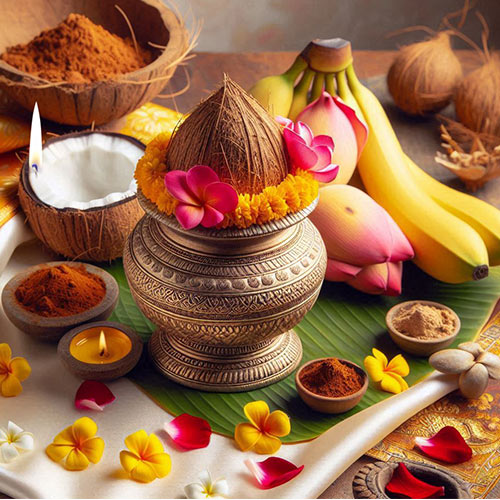
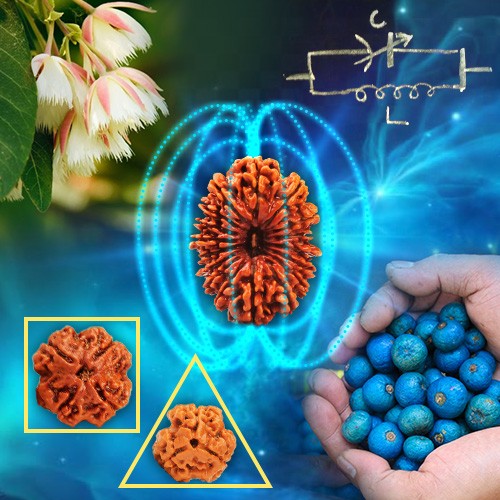
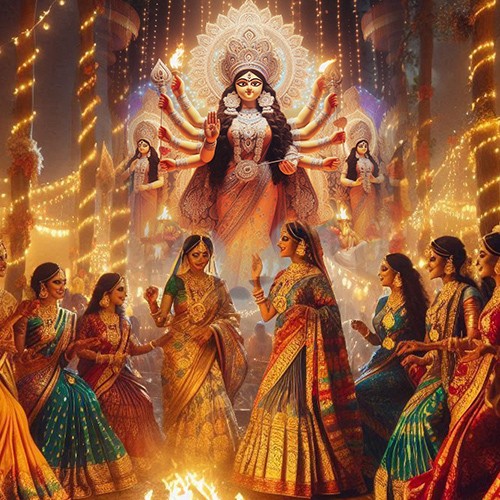

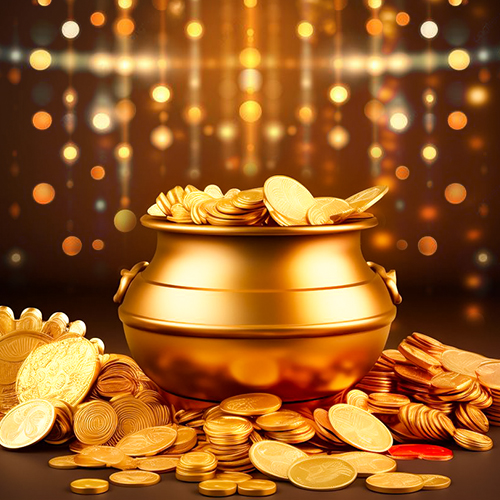
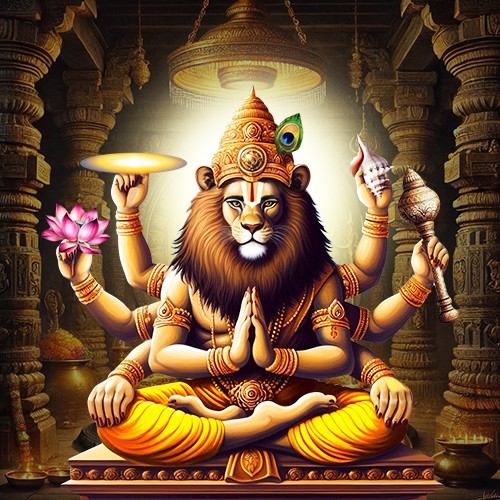
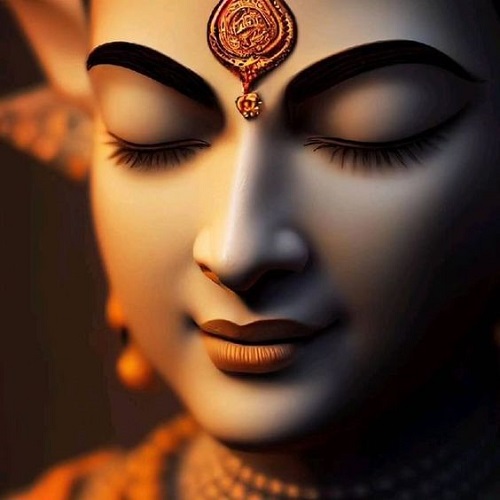
.jpg)
-Rudraksha-Beads---Thumbnail.jpg)
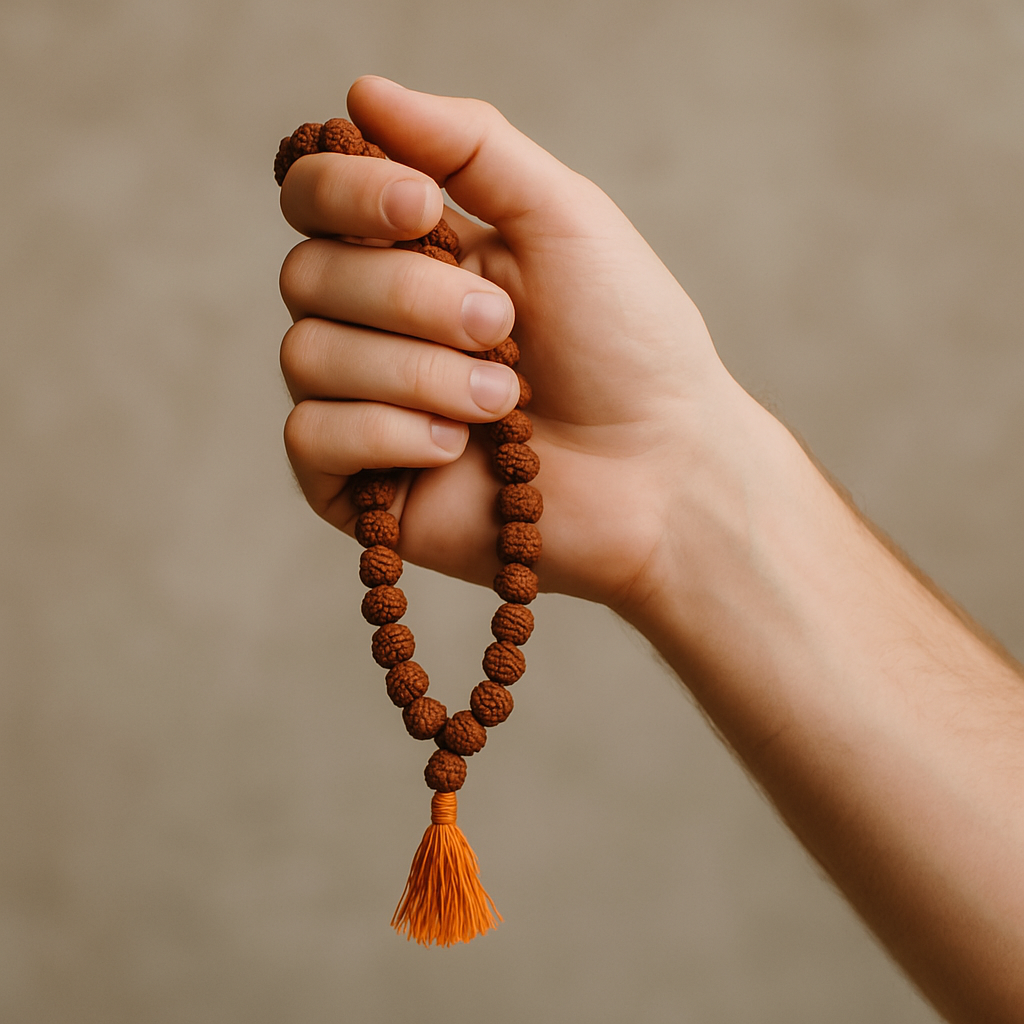

Saroj Kumar Dutta
|January 6, 2024
All contents are very much informative and useful. How to do inspection to ensure the quality. If possible the information about Chemical composition of the substance of inner and outer portion of the construction will be very useful to enhance knowledge and interest on this subject.